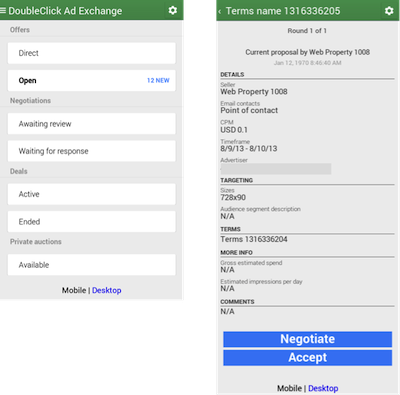One key aspect of “making mobile work” is using mobile-compatible ad creative; HTML5 creative works on smartphones, tablets and desktops, allowing advertisers to build a single ad unit that can run across all screens. By using HTML5, advertisers open the door to cross-screen branding opportunities, as well as enable publishers to monetize their highly-trafficked mobile properties.
To call out this need, the IAB today published an open letter, signed by Google, 16 US publishers and six UK publishers, asking marketers to use HTML5 for their ad creative so that their campaigns can show up properly across screens.
This plea to marketers is the first step in a larger “Make Mobile Work” Initiative, in which the IAB, supported by Google and the other publishers, will provide additional resources to marketers to educate them on how to implement successful mobile campaigns.
By fostering the conversation and educating marketers, we hope the “Make Mobile Work” Initiative will invigorate the production of mobile-compatible campaigns, enable marketers to take advantage of the mobile opportunity, and provide publishers with the inventory they need to monetize their mobile properties.
*source: eMarketer “US Mobile Phone Internet Users and Penetration, 2012-2017.”
**source: http://gs.statcounter.com/#mobile_vs_desktop-ww-monthly-201012-201312

